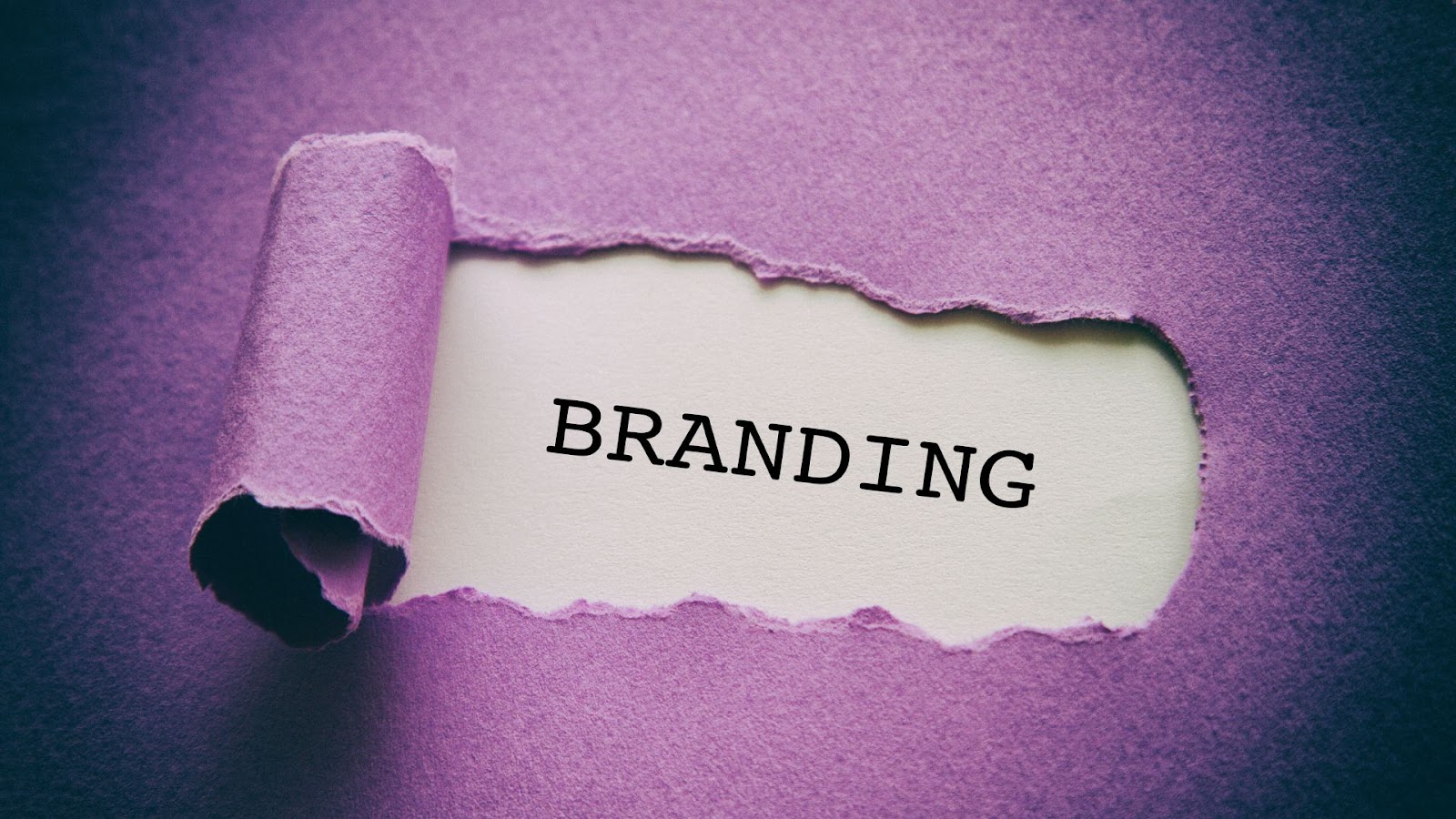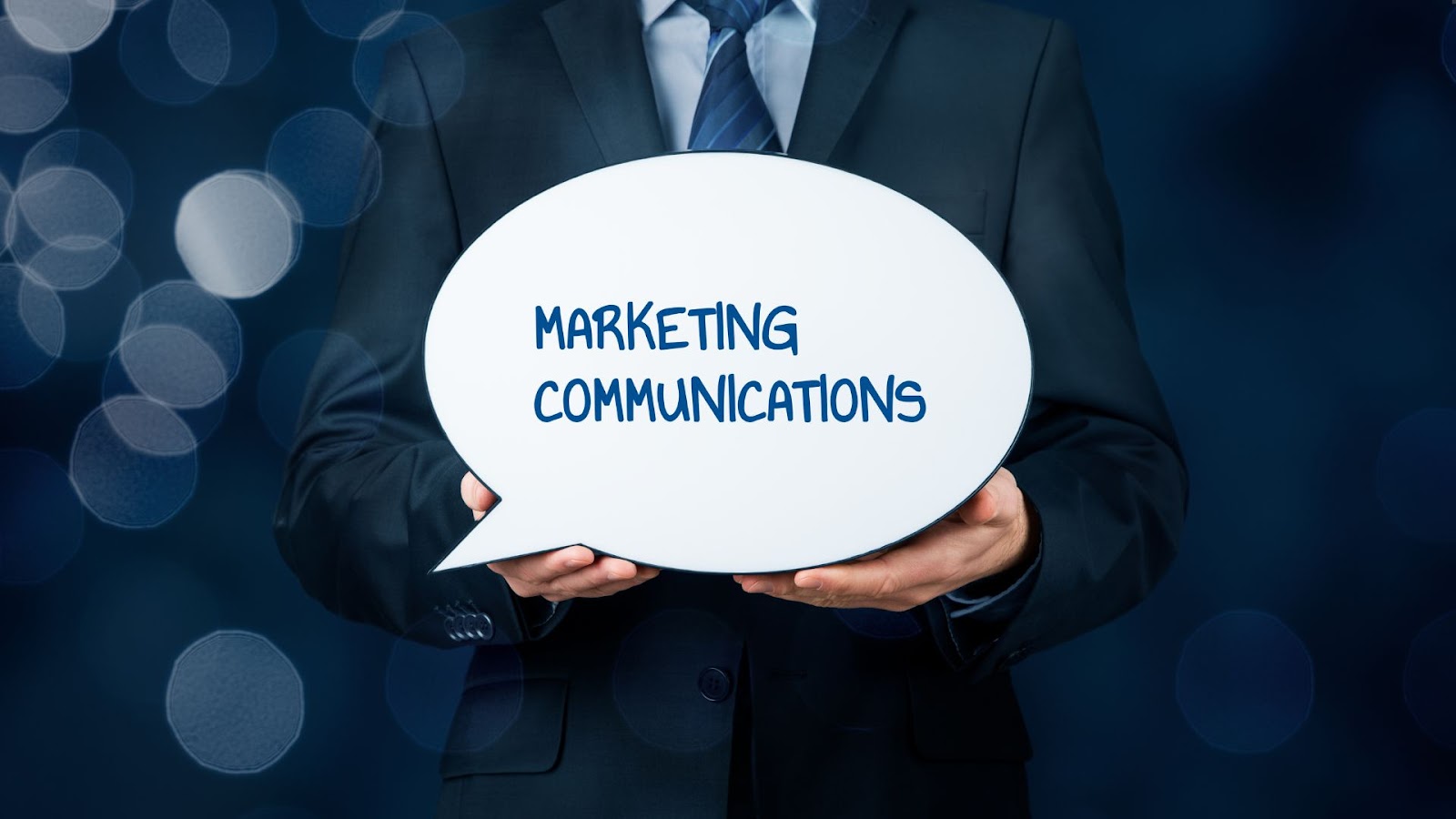How Strong Branding and Clear English Go Hand in Hand in Global Marketing
Updated on
Published on

I. Introduction
As the world becomes increasingly interconnected, the importance of powerful branding and clear communication cannot be overemphasized. As companies become globalized, they have to respond to different groups while preserving brand integrity. This challenge is directly related to the language of marketing communication. Language is more than a means of communication; it is a pivotal means of crafting brand image, building credibility, and creating emotional connections with consumers.
Branding refers to the characteristics that define a company’s identity—its name, logo, visual style, tone of voice, and core values. A strong brand is more than just design; it’s a promise to consumers, something they come to trust when choosing products or services. However, for that promise to resonate across different cultures and markets, clear and effective communication is essential. This is where English learning plays a key role, especially for global brands aiming to connect with international audiences. Mastering the language ensures consistency and clarity in messaging, helping companies deliver their values with confidence worldwide.
In global marketing, everything is at risk. Misunderstandings or mistakes in knowing cultures can harm brands, repel potential consumers, and translate into lost earnings.

II. The Importance of Strong Branding
With the increasingly globalized marketplace, successful branding is now an important differentiator for companies that wish to establish a presence in overseas markets. Not only does a well-defined brand communicate a company's values and goals, but it also communicates with the customer on a deeper emotional level.
A. Definition and Elements of Strong Branding
In effect, good branding is the craft of creating a brand's distinctive identity as a product or service that distinguishes it from competition.
The identity is shaped by a myriad of elements, including:
1. Brand Name: An intelligent and memorable name can evoke associations and feelings that align with the brand vision.
2. Logo and Visual Identity: The visual aspects of brands, including logos, colors, and fonts, have significant contributions to making a brand recognizable and can convey some information regarding the brand's personality.
3. Brand Voice: The voice and tone of communication used through different marketing channels add to a consistent personality that resonates with the target audience.
4. Value Proposition: This defines what the brand stands for and the unique value it provides to customers, creating trust and loyalty.
These all combine into an integrated brand experience that is essential to acquiring and retaining customers in a competitive business environment.
B. Strengths of a Strong Brand in International Markets
A strong brand has numerous advantages in international markets, including:
1. Greater Recognition: A strong brand is easily recognizable at many places, and it becomes easier to enter new markets and develop consumer trust.
2. Consumer Loyalty: Strong brands invoke consumer loyalty, encouraging repeat purchasing and word-of-mouth referrals, which are greatly crucial in global markets.
3. Perceived Value: Strong brands are usually of premium prices since people will pay a higher price for something they perceive to be high-end or upscale.
4. Competitive Advantage: In competitive markets, a strong brand will set an organization apart from the rest, making it a favorite among consumers.
These benefits underscore the imperative of spending on brand creation and positioning, especially for businesses that want to build a bigger global presence.
C. Case Studies of Successful Global Brands
Certain global brands have succeeded by means of strong branding to attain a large presence in overseas markets.
For instance:
- Coca-Cola: Via its red and white coloration and widespread communication of happiness and sharing, Coca-Cola has developed a culture-crossing brand. Its ability to adapt in altering marketing campaigns yet maintaining core brand aspects has enabled it to appeal to various groups of people across the world.
- Apple: Apple brand identity is synonymous with innovation, quality, and design excellence. The lean visual branding of the company and a crisp, unambiguous message around creativity and empowerment have created a loyal worldwide customer base.
- Nike: With powerful storytelling and a focus on athleticism and empowerment, Nike has emerged as a sports branding giant. Its language and imagery use are engaging and appealing to a global audience, rendering it an aspirational and familiar brand.
These case studies illustrate the huge impact that a good brand can have on a firm's competitive advantage and success in the global marketplace. As we delve further into the connection between language and branding, it is obvious that effective communication plays a chief role in the reinforcement of brand identity across many different cultural settings.
III. The Role of Language in Branding
Language is not just a communication tool; it is an integral aspect of the way brands speak about who they are, what they stand for, and what they have to say to every consumer across the globe.
Language plays a pivotal role in shaping the image of a brand in branding, generating emotional connection with potential buyers, and making one brand stand out from others.
A. How Language Shaping Brand Perception
The language a brand chooses does matter regarding what kind of reception the brand receives from its audience. Language evokes emotions, paints pictures, and creates associations that impact consumer sentiment. A case in point would be a brand talking high-brow language which can be interpreted as being luxury or premium, or a brand which chooses plain everyday language and interpreted as being friendly and earthy.
B. Challenges of Language in International Branding
Even as the strength of words cannot be ignored, it also challenges brands selling abroad in a myriad of ways. One of the biggest challenges is the possibility of miscommunication or misunderstanding due to language variations. A catchy line in one society may offend or mislead another.
Translations, for example, end up losing the intended meaning, and this can lead to branding mishaps that tarnish a company's image.
C. Successful Language Use Strategies in Branding
To transcend the shortcomings of language use in branding, companies must adopt several successful strategies. Firstly, there is a necessity to conduct thorough market research. Understanding the preferences of the target audiences in terms of language use, cultural context, and communications can be extremely helpful to inform branding strategies.
Secondly, companies should make an investment in professional translation and localization solutions. Through partnering with language experts well-versed in the cultural aspects of their target markets, companies can ensure that messages are not only accurately translated but also culturally relevant and appealing.
Also, simplicity and clarity of language can make brand communication stronger. Avoid the use of jargon and complex words in order to convey the message more broadly, providing inclusivity. Brands like IKEA and McDonald's are fine examples of this exercise, as they follow simple language that is accessible to all people yet allow room for local arrangements.
IV. The Interrelation of Clear English and Branding
In the current peaceful global world of global marketing, clarity prevails. With companies attempting to reach multicultural consumers, the use of clear English is an important factor in creating effective marketing communications.
A. Benefits of Clear English in Marketing Communications
Clear English is a bridge between brands and international listeners. When messages are communicated in simple language, they reduce confusion and enhance comprehension. Clarity builds trust and creates a positive brand image because consumers are confident that they can understand what is being conveyed through the product or service.
Furthermore, transparent English can drive higher conversion. In an era where customers are bombarded with information, transparent and simple language can pierce through. Brands that prioritize simplicity are going to be most likely to be noticed and to drive action, whether it is clicking on an ad, signing up for a newsletter, or making a purchase.

B. Examples of Brands succeeding with Clear Language
Several global brands have embodied the essence of clear English in communication, offering models for effective communication. For instance, the tech giant Apple has mastered using simplicity in its communication. From product descriptions, ads, to customer support, Apple adopts simple language to highlight the utility and benefit of its products without unnecessary technical vocabulary. This not only enables user understanding but also to solidify brand loyalty.
Another such case is Coca-Cola, which uses clear and universally understandable language in its marketing campaigns. Its "Share a Coke" campaign, wherein it replaced its widely recognized logo with names, is a prime example of the success of personal connect generated via simplicity. By inviting consumers to search for their name on a bottle, Coca-Cola bridged language gaps and generated a globally simple, accessible experience that touched hearts across the globe.
C. Tips for Applying Clear English to Branding
To fully utilize clear English for branding, businesses can implement the following strategies:
1. Know Your Audience: It is important to know the cultural and language heritage of your market. Adapt your vocabulary to suit their tastes and level of understanding.
2. Use Simple Vocabulary: Steer clear of jargon and difficult words. Choose simple terms that clearly deliver the message without watering it down.
3. Be Concise: Keep messages short and to the point. Aim for brevity while ensuring that key information is communicated effectively.
4. Test Your Messaging: Before launching marketing campaigns, conduct focus groups or surveys to gauge the clarity of your messaging. Feedback can provide valuable insights into potential areas for improvement.
5. Pictures. Make It Happen: Combine good language with good pictures. Images, photographs, and video can enhance understanding and retention, making your message work better.
Clarity-driven brands not only drive better messaging but also build stronger connections with their publics, ultimately ending in brand loyalty and market share growth.
V. Conclusion: The Synergy of Branding and Language in Global Success
Overall, the relationship between branding and language is not a figment of imagination but a functional necessity for global marketing. Brands that are able to leverage this relationship will be most successful in the modern competitive age, create loyalty, and ignite growth globally. As businesses extend their reach further and further, their dedication to sound branding and clear language will be a foundation of their global success.







